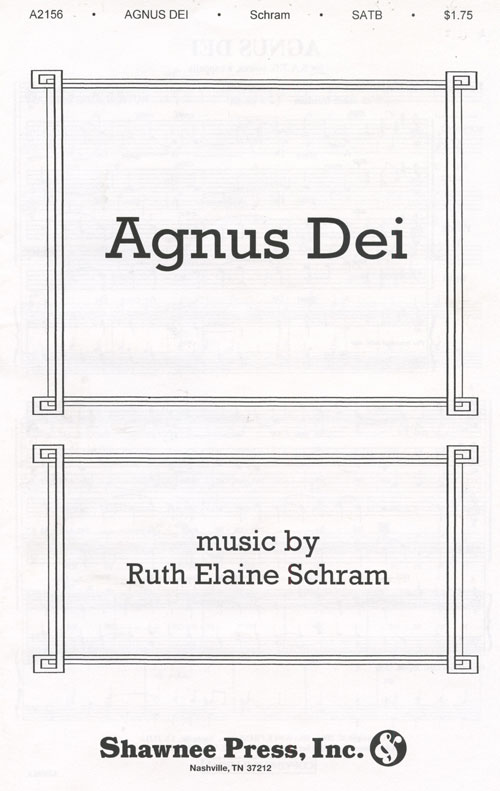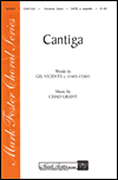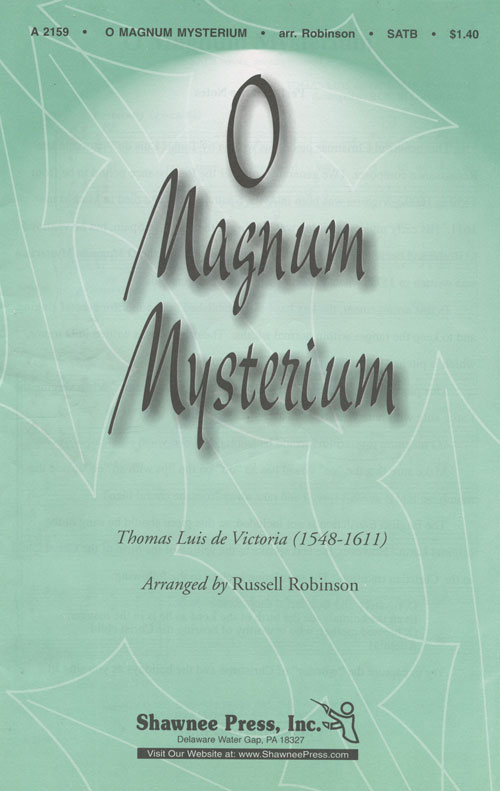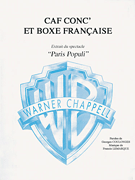"O Magnum Mysterium" was written in the late Renaissance period by Tomas Luis de Victoria, this beautiful piece captures the wonder and mystique of Christ's birth. Russell Robinson has arranged O Magnum Mysterium, making it more accessible to both school and church choirs, by setting it in a slightly higher key than the original, and with notation that is more easily understood. The music of the Renaissance has a pure clarity of sound that every singer should experience. Ruth Elaine Schram's setting of "Agnus Dei" is a lush setting with parts intertwining in the most unexpected ways, forming uniquely beautiful harmonies. The cyclical nature of the piece reiterates the meaning of the text, a fervent prayer, "Lamb of God, grant us peace." Festival or contest piece for schools, and a moving Lenten anthem for the sanctuary. A passionate Latin text, "Adoramus Te" embodies all of the purity and pristine beauty of Renaissance music. Sung a capella, this reverent masterwork may be used in concert, contest, or festival settings by school or church groups. Appropriate for high school children. Robert Shaw commissioned Chester Alwes to make an edition of Tomas Luis de Victoria's motet, "O Vos Omnes", which was to be sung as part of the Robert Shaw Summer Festival in France. Robert Shaw has added tempo indication and expressive and dynamic marks, which indicates his feelings about how the piece should be realized in contemporary performance giving modern conductors the guidance of one of America's foremost choral musicians. The a cappella madrigal from the high Renaissance "Adieu, Sweet Amaryllis" is now available as a choral. It features opportunities for dynamic contrasts and development of musical line. John Leavitt has edited the piece with optional cue notes to make the tenor range more accessible to a larger group of singers. This madrigal is stunningly beautiful. This buoyant Spanish love song"Catinga" includes words by Gil Vincente and extols the beauty of one beyond compare, asking sailor, soldier, and shepherd if they have ever seen such loveliness. Cantiga is sung a cappella, with the voices simulating the strumming of a guitar and providing percussive accompaniment to the melody. Great fun! |








